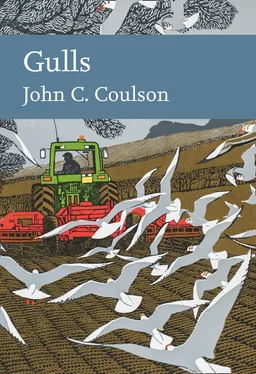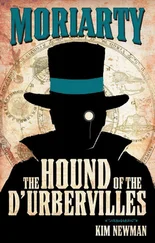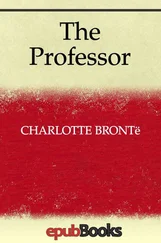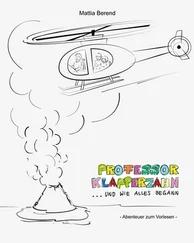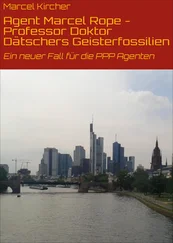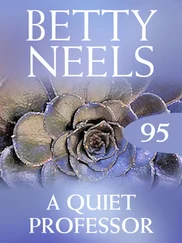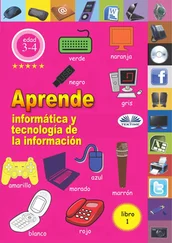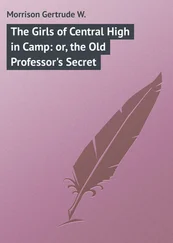The numbers of ornithological papers published in ecological and behavioural journals has also increased dramatically. These, together with information on gulls published elsewhere, such as annual county reports and those of conservation bodies, theses, records, online reports and books, have increased almost beyond belief, to such an extent that a complete bibliography for this book would have been taken up more than fifty pages and the main text would have been littered with multiple references to data sources. In 2011, my monograph on the Kittiwake required 16 pages of bibliography for this one species alone. In dealing currently with the Herring Gull, the references consulted exceeded a thousand items, and since this book covers the information on all gulls on the British list, I found that including a complete bibliography was a major problem. Providing references in books is not new problem, however, and was one faced by both James Fisher when writing The Fulmar (New Naturalist Monograph 6) in 1952 and Niko Tinbergen in his Herring Gull’s World in 1953.
This book has had the main objective of bringing together and digesting information on the gull species that occur in Britain and Ireland, and is primarily aimed at readers who are interested in gulls but not necessarily in researching their biology in depth. In discussing this problem with the editors and others, I have been encouraged to reduce the number of references reported in the text appreciably, and instead present a Select Bibliography and Further Reading section at the end of the book ( here
), and listing select key studies mentioned in the text, along with other informative publications. Readers wishing for more information should be able to obtain further details from the extensive sources available on the Internet. The extent of published (and unpublished) information on gulls is now so extensive that I have had to be selective about the information presented for several species, and I have been able to include information and analyses not previously published or available to most readers.
This book is not meant as an identification guide, although some of the salient features of each species and their geographical distribution are briefly mentioned. Those wishing to identify gulls should use one of the excellent field guides available, as listed in the Select Bibliography
. The world distributions of all gull species considered here have been fully described in standard identification texts, including the gull sections in volume 3 of the Birds of the Western Palaearctic and volume 3 of the Birds of the World.
It has not been possible to write this book without encountering areas of controversy, which include taxonomy, conservation, and the ability to identify some closely related species and subspecies in the field. Ornithology has thrived on controversy in the past and it will continue to do so in the future. In many cases, disagreement has led to the development of new methods of study and more in-depth investigations. In writing this book, debate has reared its head about where a species is placed in red or yellow categories of conservation concern based on a series of possible criteria, the existence of any one of which is enough to indicate that it is threatened. Some ornithologists feel that the system should be improved, and that a more critical scientific approach is needed to interpret data used to estimate the current risk of extinction of individual gull species.
For the same reason, there is no comment on climate change in this book. While there have been several claims that this has affected gulls, sound evidence in favour of such effects is currently poor and is not supported by evidence that adequately allows other possible causes to be excluded. Increasing studies have been made to estimate the potential risks to gulls from offshore wind farms and the rotating arms of the turbines. At present, most of these are based on informed speculation and such factors as the flight height of individual species and their numbers in the key areas. In the future, this problem will be investigated in more detail and the level of the perceived risk to gulls and other seabirds will be based on actual information, not just models of the situation, but the research is not yet at this stage.
In recent years, the common names of some gulls have lengthened, allegedly to avoid international confusion. Hence, the Black-legged Kittiwake, European Herring Gull, American Herring Gull and Yellow-legged Gull join the Lesser Black-backed Gull, Great Black-backed Gull, Black-headed Gull and Slender-billed Gull, which already have long names. Proposals have been made to change the Great Black-headed Gull to the shorter Pallas’s Gull, while it has been suggested that the Common Gull is changed to the Mew Gull. In this book, as mentioned earlier, Herring Gull is used for the European Herring Gull and the American Herring Gull is referred to in full. Similarly, and as mentioned above, the Black-legged Kittiwake is referred to as the Kittiwake, while its sibling species, the Red-legged Kittiwake (which is infrequently mentioned) is written out in full. In most cases this follows the vernacular English names listed in the ninth edition of ‘The Simple British List Based on a Checklist of Birds of Britain’ (2018). In general, this edition retained names already familiar to most readers.
Statistical tests are important in evaluating differences in quantitative data, but to many the presentation of these and their outcomes are but an irritation. In general, I have commented on quantitative differences only when they have been shown to be statistically significant and so are likely to be real and meaningful, although I have not given details of the tests used.
ACKNOWLEDGEMENTS
Much of the information in this book derives from two sources. Some comes from professional research, but much is the result of the activities of amateur birdwatchers who spend their spare time visiting sites where they are likely to encounter unusual bird species or birds in exceptionally large numbers, and who then send the details to local recorders or contribute to national surveys and national censuses. Over the years, the number of observers has increased markedly and systems of notifying others of the presence of unusual birds have developed. Both categories of people studying birds have swelled progressively over the past 60 years, and the information and numbers of records have increased to a remarkable extent. In addition, the methods of identifying and confirming rare species have been increasingly supported by good-quality photographs. Accompanying these trends has been a dramatic increase in the numbers of gulls ringed both in Britain and Ireland, and also elsewhere in Europe. Capturing and ringing adult gulls has increased dramatically in recent years with the development of cannon nets and more frequent visits to landfill sites by teams of ringers. All of these additional efforts are appreciated, for without them, much of the information in this book would not have been available.
I would like to acknowledge the detailed contribution of Alan Dean, both for his detailed analysis of the records of gulls in the West Midlands in England over many years and for the photographs he (and others) have so willingly contributed.
The data used in writing this book has been collected over many years and it is possible here to identify only a small number of the hundreds of contributors. The many research students I supervised and advised have all made appreciable contributions over the years, and many have since made further contributions in ornithology and science in general while holding permanent posts both in the UK and North America. I was fortunate in having such an able set of students who contributed wholeheartedly and consistently to studies often made under difficult conditions. They all willingly volunteered to take part in teamwork as required, often at the most unsocial hours of the day and in adverse weather conditions, all while advancing their own studies.
Читать дальше
